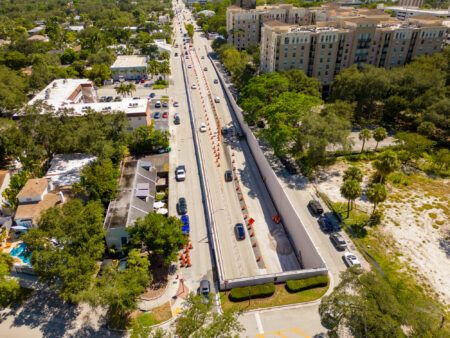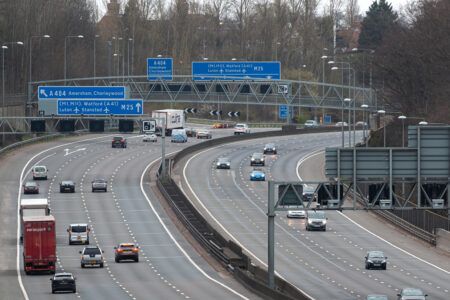San Diego International Airport’s use of Bluetooth and wi-fi detecting sensors has helped identify taxi rank bottlenecks and enabled airport authorities to provide taxis when needed.
After receiving a number of customer concerns about taxi wait times, San Diego International Airport began to explore opportunities for providing real-time data to report taxi wait times. Since perceived wait times varied, the airport researched available systems that would automatically and accurately collect both real-time and historical wait time data, to help improve taxi and shuttle van customer waiting times. The airport, which is the busiest single-runway commercial airport in the USA, selected the BlipTrack system, from Danish company BLIP Systems. The solution can monitor taxi queues and provide waiting time information on a historical and real-time basis. This data has enabled the airport to improve tactical management, plan more effectively prior to the day, and allocate resources more effectively on the day.
The solution works by placing BlipTrack sensors at strategic points in a specified area, which in the airport’s case was the taxi rank holding area. The sensors detect wi-fi or Bluetooth-enabled devices such as mobile phones and tablets. When a device passes the sensors, its unique MAC address is recorded, encrypted and time-stamped. By re-identifying devices from multiple sensors, the travel and queue times and movement patterns become available. JFK Airport in New York City and Brussels Airport in Belgium have also recently adopted the system to improve their taxi rank performance.
“We chose the BlipTrack system because it is a cost-effective and reliable solution. With almost a full year of operation, the system has helped identify time periods where taxi passenger wait times exceed 10 minutes, thereby allowing us to assess schedule deficiencies and taxi dispatches,” said David J Boenitz, director of ground transportation at San Diego International Airport. “The data has greatly helped improve the customer experience, by providing us with the ability to schedule taxis to be available when needed.”
Christian Bugislaus Carstens, marketing manager at BLIP Systems, explained, “The sensors at San Diego International Airport are passive and do not work like iBeacons. Our sensors automatically, and without interaction from travelers, detect mobile devices with enabled Bluetooth or wi-fi, so the penetration rate is also significantly higher at 40% than with iBeacons at 1%. In order for iBeacons to work as a tool to optimize queue and monitor flow, the technology requires that passengers download a mobile app. However, recent studies show that few travelers download these apps, which significantly affects the penetration rate negatively, in order to provide trustworthy data. Superior airport management not only ensures premium passenger experience within the airport, but also provides travelers with quick and easy access to transportation, such as taxis, at the end of their journey. We value the long-term cooperation with San Diego International Airport and their professional and innovative approach in using our technology to ensure efficient taxi rank operations and improve the passenger satisfaction.”




